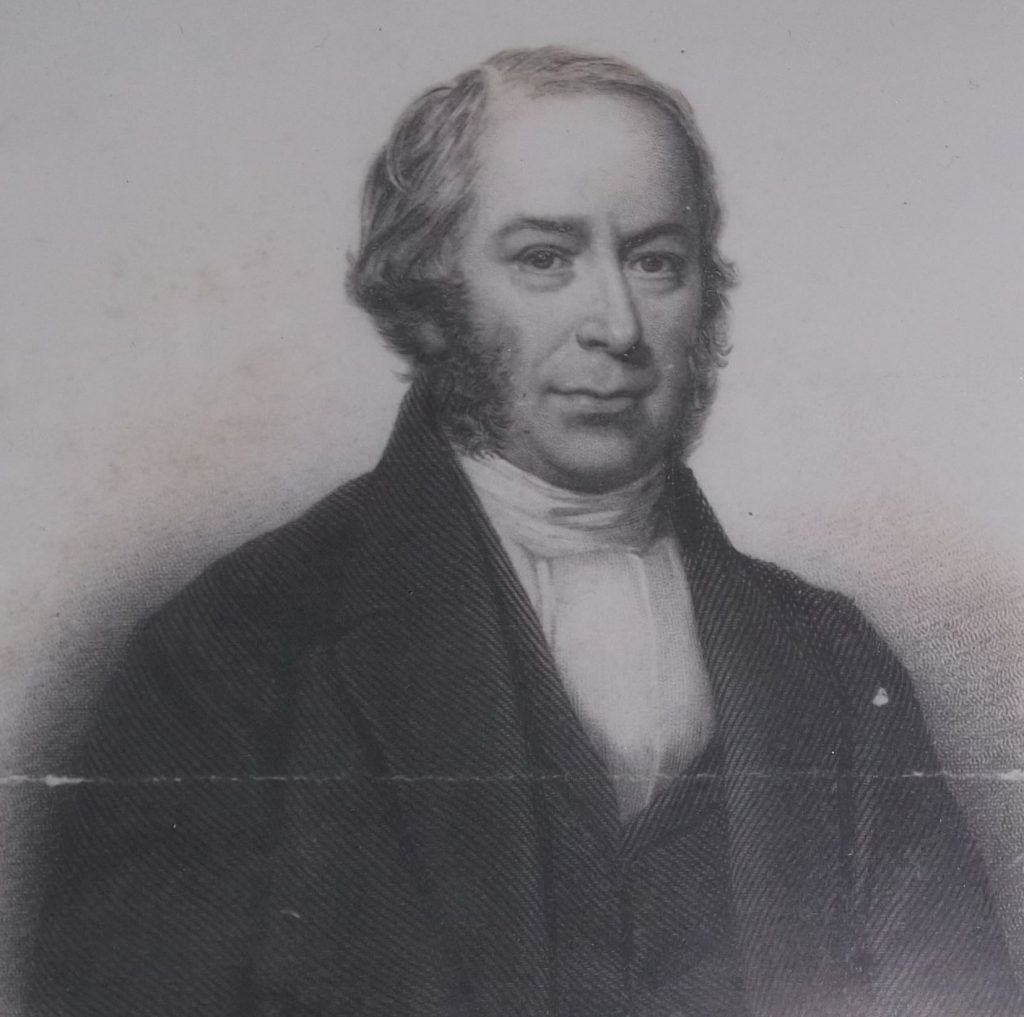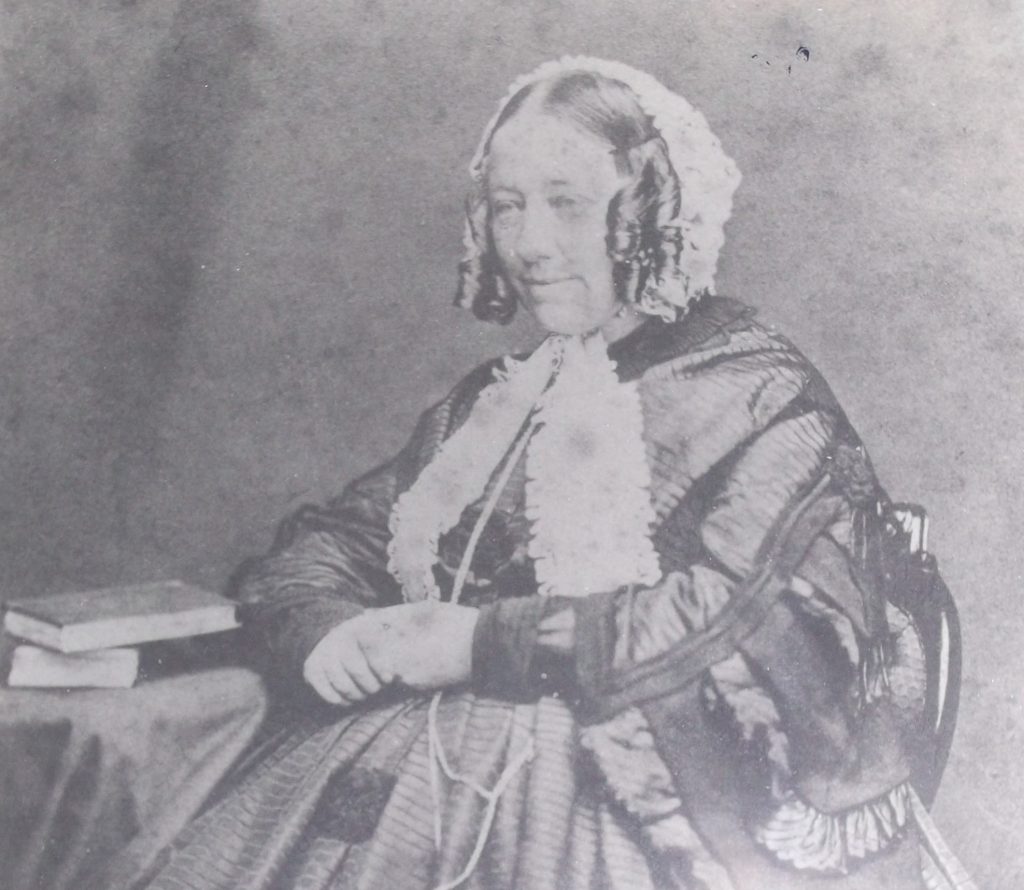
The main founder of Wycliffe, Rev. John Thornton, was born in June 1805 in Billericay, Essex, where his father, also John, was an independent minister. He followed in his father’s footsteps and became minister in 1834 at Bethel Chapel, Darlington, with his father taking part in his inaugural service.
Just a few days later on the 9th September John married Miss Jane Dryden in Hexham and they travelled south to John’s parents and “friends in the Metropolis”. Their happiness was short lived as Jane sadly died after just a couple of years together.
Although “frantic with grief” he married again in 1838. Miss Catherine Wemyss was the daughter of a prominent figure in the Darlington church who initially objected to the marriage, finding John not a “good enough scholar for him”. Despite getting some of the Deacons on his side to also object, the couple married in Hull register office.

The couple then moved away from the area, and came to Stockport where John began ministry at the Tabernacle on Hillgate in December 1840. He performed the first marriage ceremony there 1843 for Mr. Julius Brook and Miss Martha Moores of Edgeley.
John’s father died in 1841, and he wrote a detailed biography of him, still available through Google Books.
A keen promoter of Free Education, John helped found the Stockport British & Infant Schools in 1843 – where the Coroner’s Court now stands opposite the Art Gallery.
John and Catherine lived on Greek Street before moving in 1845 to the newly built Jessamine Cottage in Edgeley where Catherine set up a “preparatory boarding school for young gentlemen”.

By 1854 the school had changed to accommodate young ladies instead, and was so successful that they enlarged the building to include a dining hall and more accommodation. It was later described as consisting of “18 rooms, a good pleasure garden, with well-grown timber: gas in every room and a well of pure water. The villa is in an admired site, 13 minutes’ walk from the station.” At the same time, they renamed it Wycliffe Villa, which still stands today, under the same name, as a popular hotel and restaurant. The Boarding School continued, and in 1860 they advertised in the Friend of India Statesman newspaper as happy to receive “Young Ladies from India” for 50 Guineas a year. This would include
“Music, Drawing and Board during the Vacations. The greatest attention is paid to their Moral and Religious as well as Intellectual Culture.”
Family
John and Catherine had six children, but baby John died aged 5 months in 1842. Rev John conducted his daughter Eleanor’s wedding in Wycliffe Chapel in September 1861, when she married Edward Kentish Evans. John and family continued to live in Wycliffe Villa until 1868 when Catherine sadly died of heart disease aged 52. This tragedy struck hard and John had put Wycliffe Villa out to lease within 8 days of her death. He moved with two of his sons to a house on Manchester Road, near St. Thomas’s Heaton Chapel.
John continued as minister at Wycliffe until his retirement in January 1871. In 1875 he revisited Billericay and preached in the church where his father had ministered for so long. Following his retirement, John and his two sons moved to North Meols, Southport, where one practiced as a doctor, and the other an Art Dealer. Here, at 75 he married Margaret Day, 44, described as a ‘wealthy woman’.

He died on 6th May 1884 in Southport, where he had retired to. His gravestone states “founder of Wycliffe Chapel, Stockport”.
The memorial in Wycliffe Church states:
Rev John Thornton 1806- 1884
First Minister of this Church by whose zeal it was erected in 1851. He was a son of Rev John Thornton of Billericay, Essex and was aided in his work by his beloved wife Catherine, daughter of Thomas Wemyss.
He led his hearers to the Lord Jesus Christ and was beloved for his faithful ministrations and care of the sick and poor. He retired in 1871.
